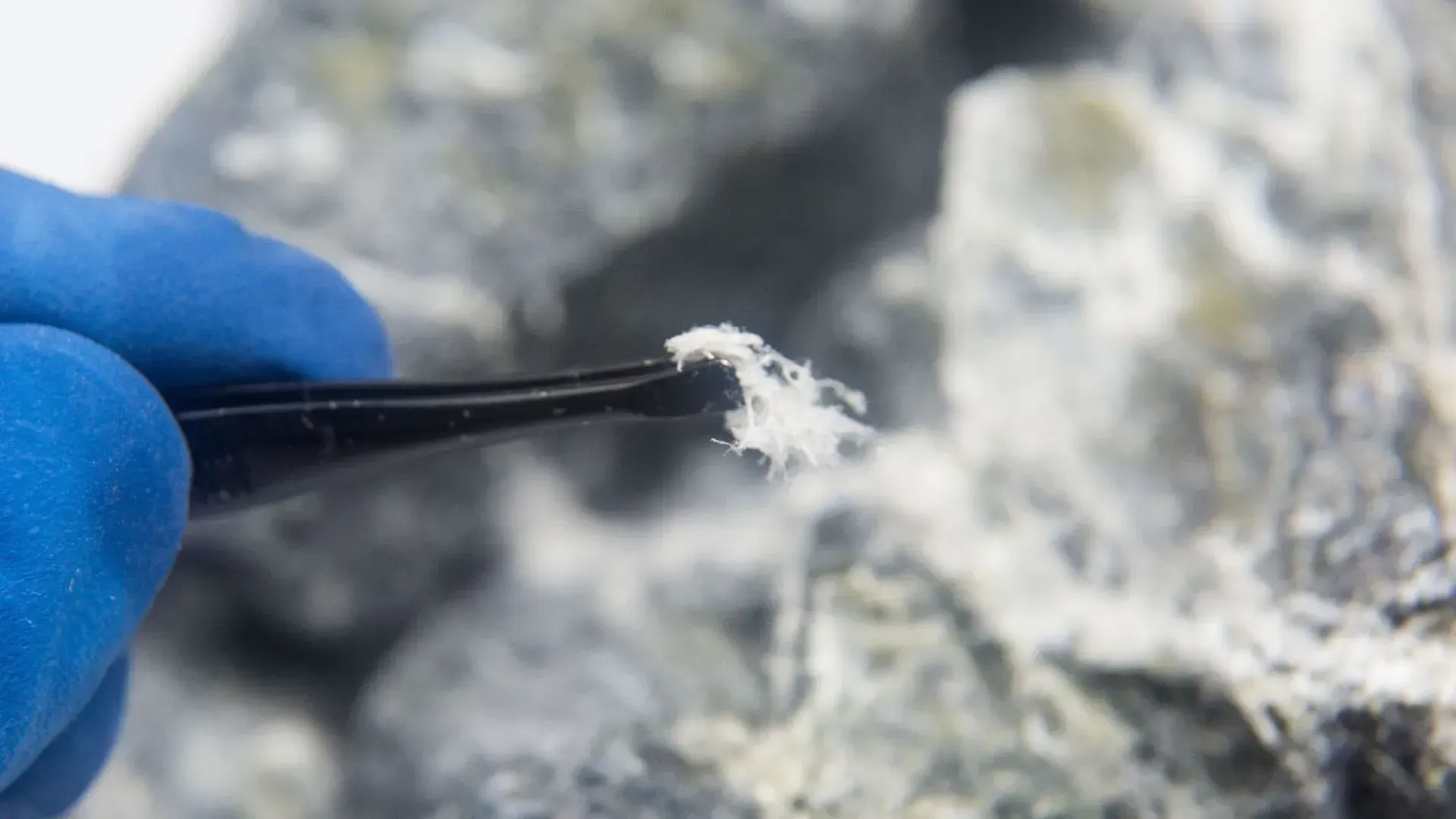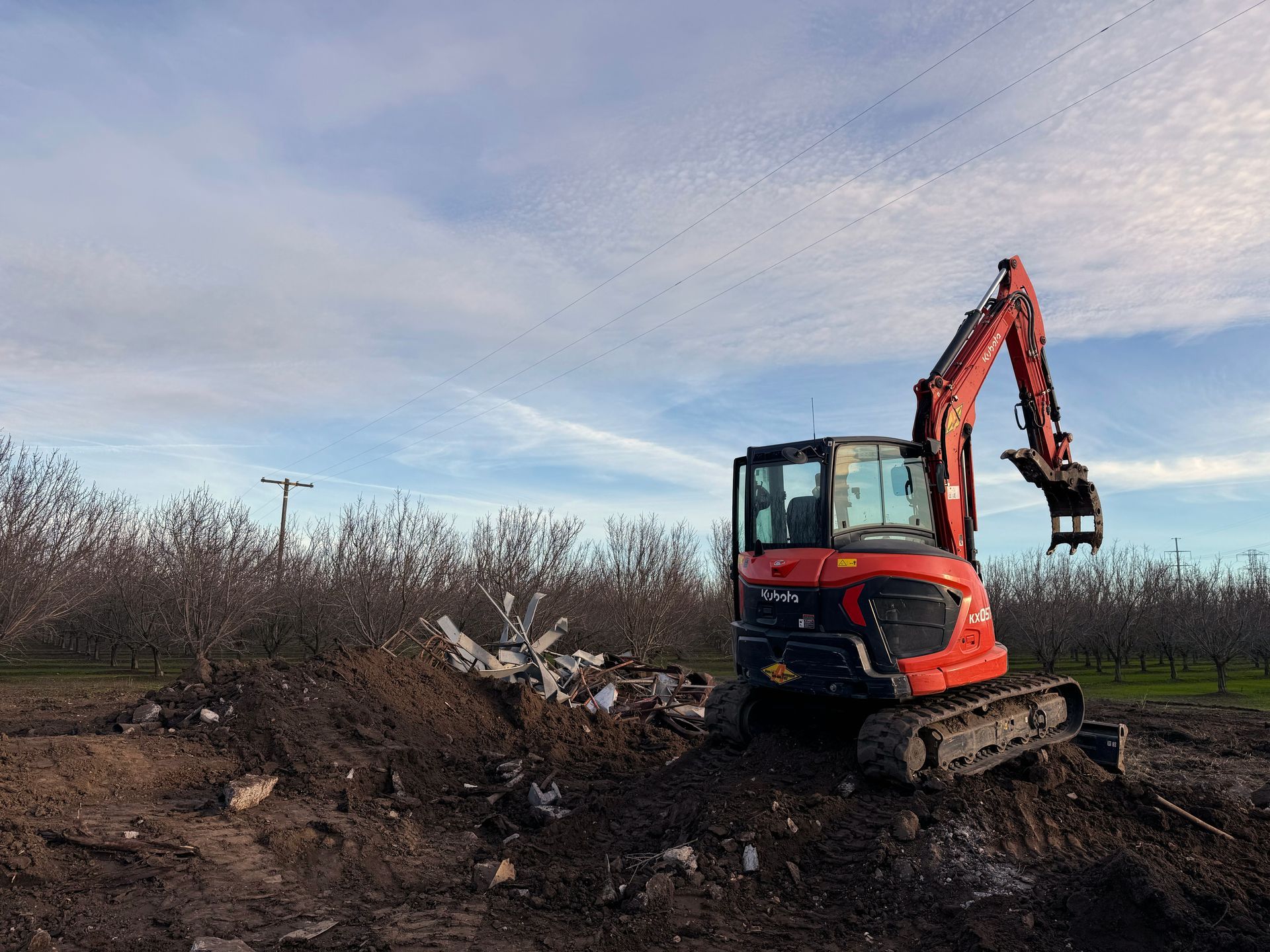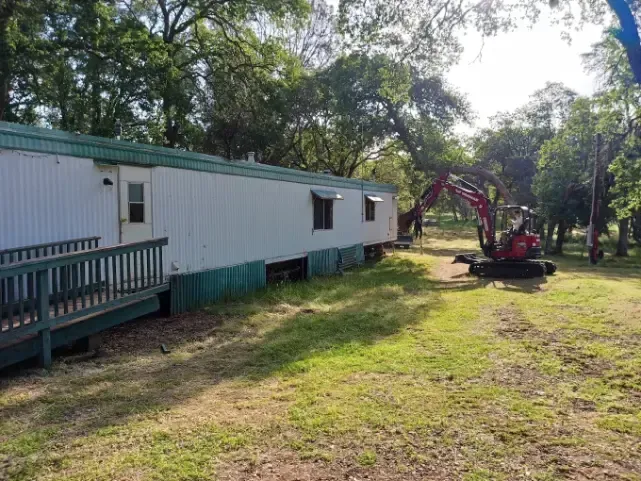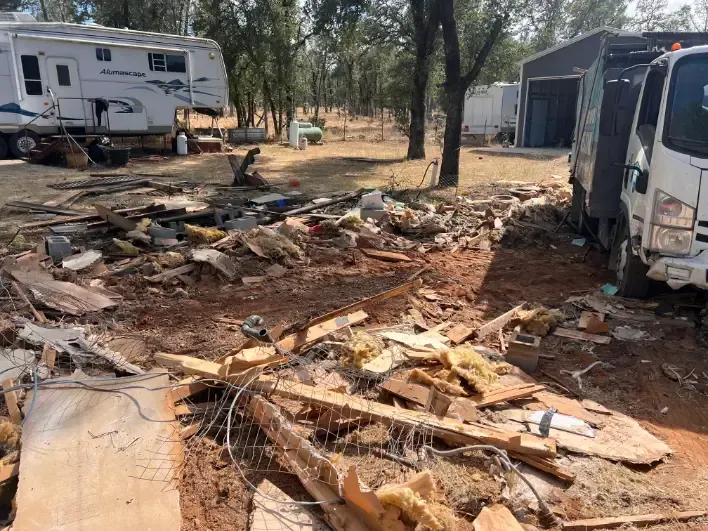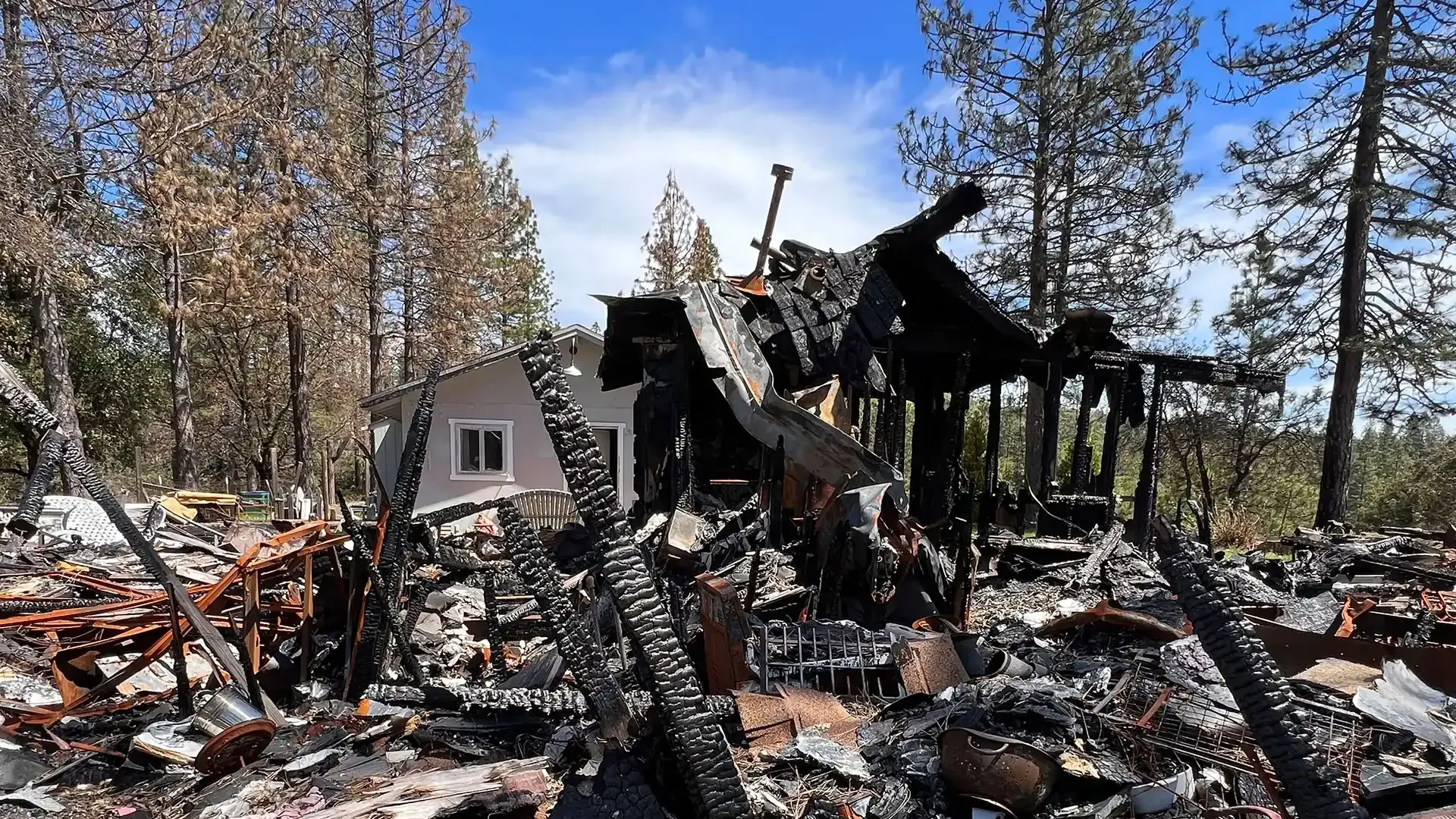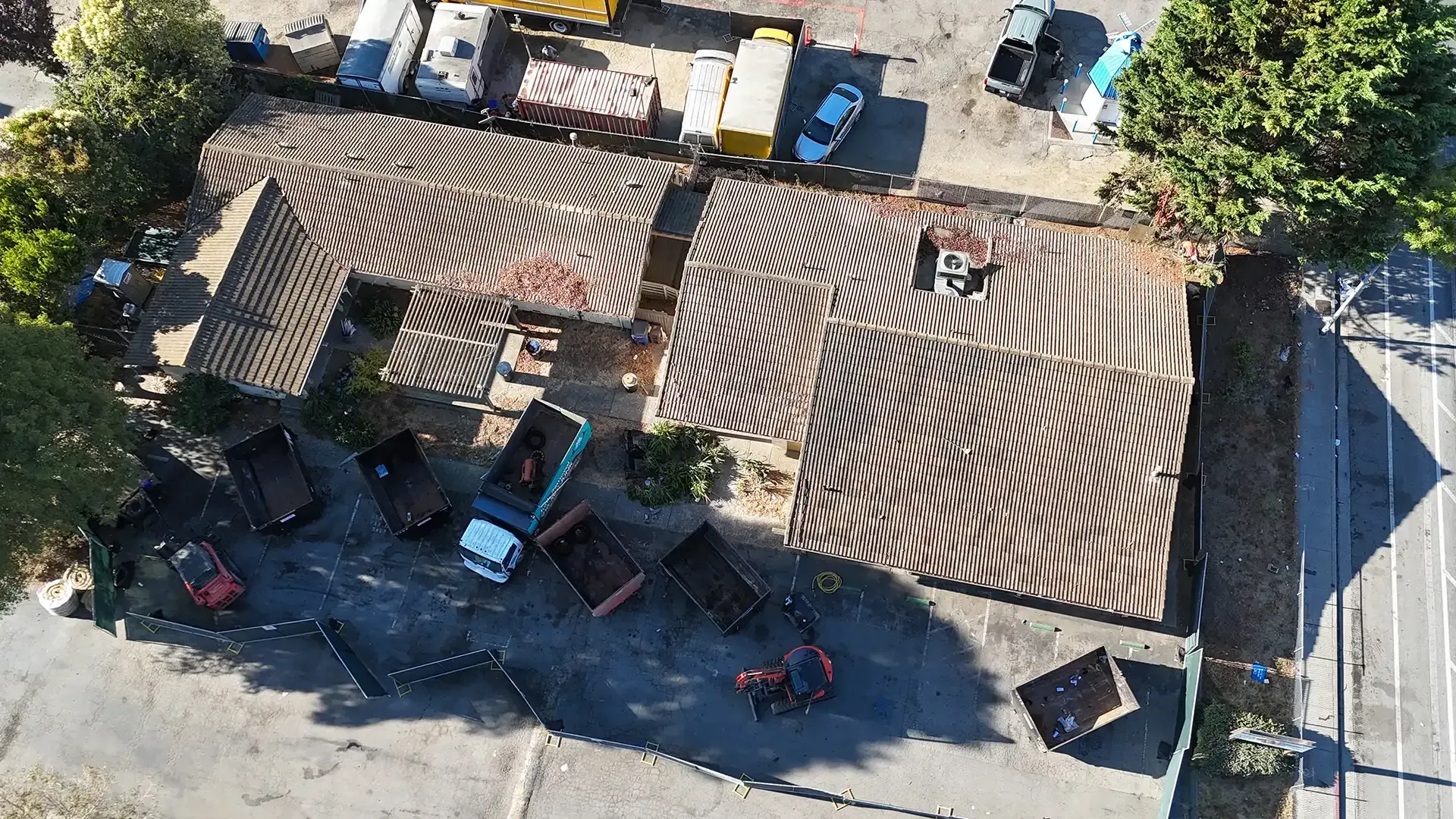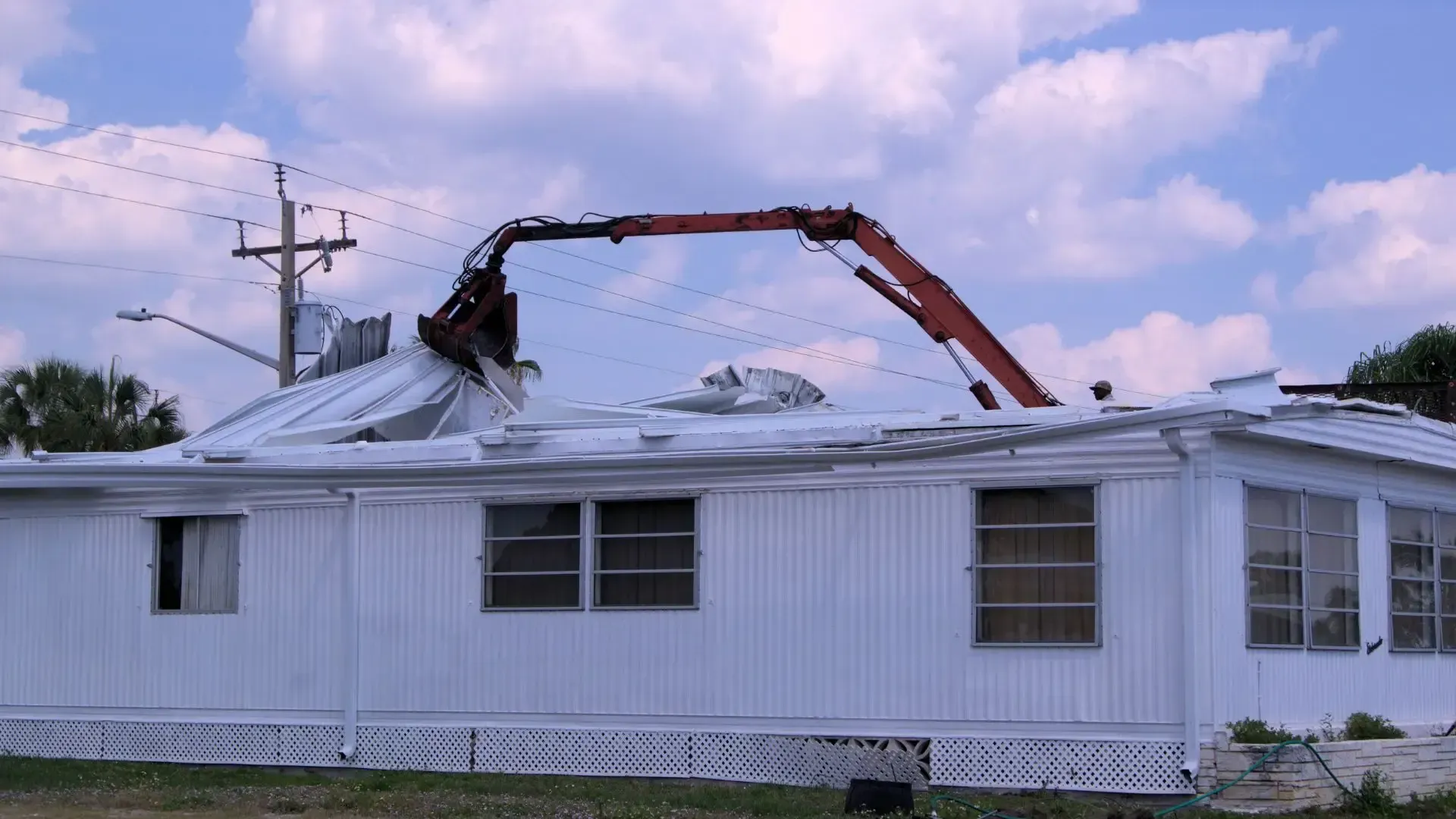How to Get Rid of Old Mobile Home, Sacramento - Ultimate Guide
Getting rid of an old mobile home might seem simple at first glance, but there’s more to it than just tearing it down. Maybe your mobile home has seen better days, or maybe you’re just ready for something new. Either way, understanding the why and how of proper removal is key. From dealing with government rules to avoiding environmental messes, this process takes planning and know-how. In this section, we’ll look at why proper removal matters and the challenges you might face—so you can tackle this mobile home demolition project without breaking a sweat.
Why Proper Mobile Home Removal Matters
Let’s be clear: removing an old mobile home isn’t just about grabbing a sledgehammer and going to town. It’s a careful process that needs planning, skill, and a good dose of common sense. Why? Because cutting corners can lead to big problems—like environmental damage or legal trouble.
First, safe and legal disposal is a must. Mobile homes are built with materials that can be harmful if not handled right. Older models might have asbestos, lead-based paint, or chemicals in the insulation. If you don’t dispose of these properly, you could end up contaminating soil or water. And trust me, the EPA doesn’t take that lightly. Sacramento also has strictest safety protocols about where and how debris can be dumped. Skip the rules, and you could face fines that’ll make your wallet cry.
But it’s not just about avoiding trouble—it’s about doing something good, too. When you remove a mobile home the right way, there are real benefits. Recycling materials like metal framing, aluminum siding, and even some wood cuts down on waste and helps the planet. Plus, let’s be honest: an old, run-down mobile home can be an eyesore. Getting rid of it the right way can boost your property value and give your neighborhood a new look.
Common Challenges of Removing an Old Mobile Home
Now, let’s talk about the not-so-fun part: removing a mobile home is tough. It’s like climbing a hill with a backpack full of bricks. Here’s why:
Cost
Let’s not sugarcoat it—this isn’t cheap. The price depends on the size of the home, the materials used, and whether it’s a single-wide or double-wide. On average, you’re looking at $2,000 to $10,000. And that’s before you add in permits, disposal fees, and any surprises (like finding out the floor is held together by duct tape and hope).
Permits
Sacramento County takes permits seriously. You’ll need a demolition permit, and if your home is older, you might also need an asbestos inspection or a check for hazardous materials. Dealing with the paperwork can feel like trying to solve a puzzle with no instructions.
Logistical Hurdles
Mobile homes are heavy. A single-wide can weigh up to 20,000 pounds, and a double-wide can hit 40,000 pounds or more. Moving or demolishing something that big takes heavy machinery, skilled workers, and a solid plan. And don’t forget about tight spaces or dealing with utilities like water, gas, and electricity.
In short, removing an old mobile home is a big job, but with the right team, it doesn’t have to be a headache. Stick with me, and I’ll show you everything you need to know to handle this like a pro.
Which Option Is Right for You?
Each of these options has its pros and cons, and the best choice depends on your specific situation. Selling or donating can put some cash in your pocket or help a good cause, but it’s not always feasible for older homes. Demolition is a clean slate, but it comes with a price tag. And repurposing or relocating can be a creative solution—if you’re up for the challenge.
Still unsure? Stick around—we’ll dive deeper into each option in the next sections. And if you’re leaning toward demolition, you’re in the right place. We’ll show you exactly how to tackle it like a pro.
Step-by-Step Guide to Removing an Old Mobile Home
Removing an old mobile home is a big job, but with the right plan, it doesn’t have to feel like climbing a mountain. Maybe you’re tearing it down, selling it, or giving it a new purpose—whatever the case, this guide will walk you through the whole process from start to finish. We’ll cover everything from checking the condition of your mobile home to junk removal and cleaning up the land afterward. By the end, you’ll have a clear path to tackle this project like a pro. Ready? Let’s dive in.
Step 1: Assess the Condition of Your Mobile Home – Is It a Keeper or a Goner?
Before you make any moves, you need to figure out if your mobile home is worth saving or if it’s time to let it go. Here’s how to check it like a pro:
- Structural Integrity: Look for sagging floors, cracked walls, or a frame that’s seen better days. If it feels like one strong wind could knock it over, demolition might be your best bet.
- Age and Materials: Homes built before 1976 often have asbestos or lead-based paint, which can make concrete removal and demolition trickier (and pricier). If your home is older, factor in the cost of handling these hazards.
- Functionality: Are the plumbing, electrical, and HVAC systems still working? If not, repairs could cost more than the home is worth.
Pro tip: If you’re not sure, bring in a professional inspector. They’ll give you the full picture and help you decide what’s next.
Step 2: Research Local Regulations and Permits – Don’t Skip the Paperwork!
Sacramento doesn’t mess around when it comes to rules for removal of mobile homes. Here’s what you need to know:
- Sacramento-Specific Rules: You’ll need a demolition permit, and if your home was built before 1980, you might also need an asbestos inspection. Some areas, like El Dorado Hills, have extra zoning rules, so check with your local planning department.
- How to Get Permits: Head to the Sacramento County Building Permits and Inspection Division website. You’ll need to submit a plan, pay a fee, and wait for approval. Yes, it’s a hassle, but it beats dealing with fines later.
Fun fact: Skipping permits might save you time now, but it can lead to big headaches (and costs) down the road. Don’t risk it!
Step 3: Choose the Right Removal Method – What’s Your Game Plan?
Now that you know the condition of your home and the legal hoops to jump through, it’s time to pick your removal method. Here’s a quick rundown:
- Selling: Great if your home is in decent shape, but older models can be harder to sell to potential buyers.
- Donating: A feel-good option, but not all charities take mobile homes.
- Demolishing: The best choice if your home is beyond repair. Demolition teams handle everything from tearing it down to debris disposal.
- Relocating: Possible if the home is still sturdy, but it’s expensive and complicated.
Think about your budget, timeline, and what you want to do with the space. If demolition sounds like the way to go, keep reading—we’ve got you covered.
Step 4: Hire a Professional Demolition Service – Don’t Go It Alone
Unless you’ve got a team of experts and heavy machinery on standby, you’re going to need some help. Here’s how to find the right crew:
- What to Look For:
- Proper licensing and insurance (ask for proof!).
- Experience with residential demolition services and mobile home removal.
- Good reviews and happy customers.
- Questions to Ask:
- Do you handle permits and inspections?
- How do you deal with hazardous materials?
- What’s included in your free quote (like junk removal and cleanup)?
Pro tip: Get at least three quotes to compare prices and services. And don’t just go with the cheapest option—quality matters!
Step 5: Prepare the Site for Removal – Clear the Decks
Before the demolition crew shows up, there’s some prep work to do. Here’s your checklist:
- Clear Out Personal Belongings: Take out all furniture, appliances, and personal items. Don’t forget to check cabinets, closets, and storage spaces!
- Disconnect Utilities: Shut off water, gas, and electricity. You might need to work with your utility providers to make sure everything’s safely disconnected.
- Ensure Safety: Mark any underground utilities (call 811 for a free utility locate service) and clear the area around the home for easy access.
Think of this step as setting the stage for a smooth demolition. The better you prepare, the faster (and cheaper) the process will be.
Step 6: Execute the Removal or Demolition – Let the Pros Take Over
This is where the action happens. Here’s what to expect on the big day:
- The Process: The crew will secure the site, remove any hazards, and use heavy machinery to break the home into pieces. Then, they’ll load the debris onto trucks and haul it to a licensed disposal facility.
- Cleanup: A good demolition company will leave your site clean and ready for whatever’s next. That means no junk, a leveled ground, and no leftover hazards.
Fun fact: A typical mobile home demolition takes just 1-2 days, depending on the size and complexity of the job.
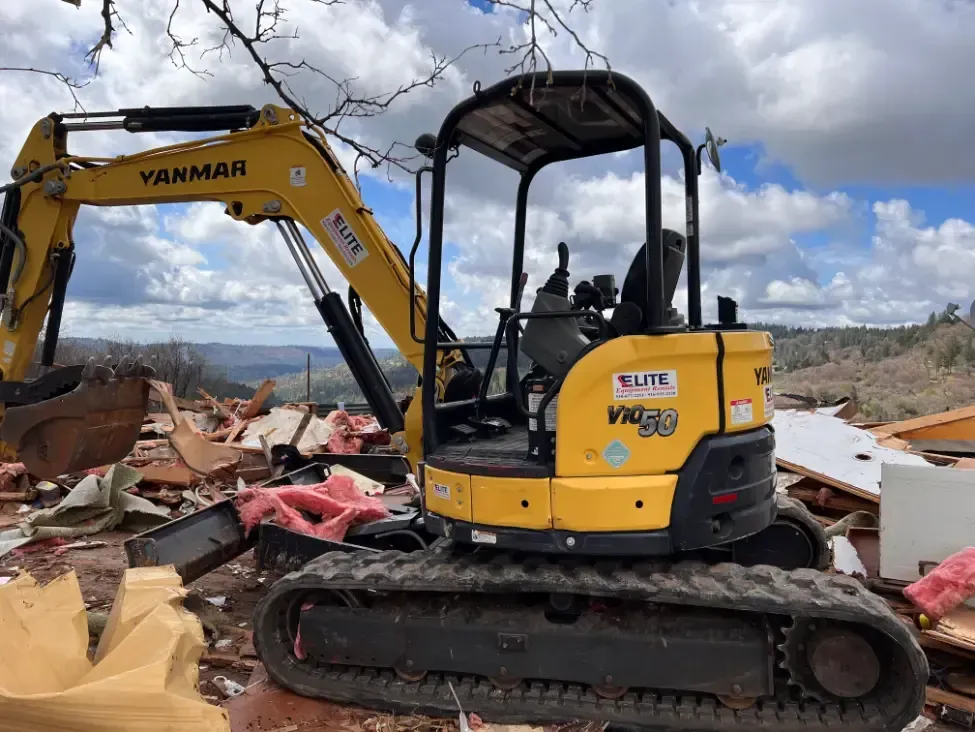
Why Hire a Professional Demolition Service?
Let’s be real: demolishing a mobile home isn’t a weekend DIY project. It’s a high-stakes job that requires expertise, heavy machinery, and a solid grasp of local regulations. That’s where the pros come in. Hiring a professional demolition service isn’t just the easiest way to get the job done—it’s an investment in safety, speed, and peace of mind. Here’s why trusting experts is the smart move.
Benefits of Working with Experts – Why Go Pro?
When it comes to tearing down old structures, experience matters. Here’s what you gain by working with professionals:
- Safety First: Demolition involves hazardous materials, powerful equipment, and unpredictable risks. Pros follow OSHA standards and good practices to keep things safe for everyone involved.
- Efficiency: A skilled crew can complete the removal process in a fraction of the time it would take an amateur. Less hassle, faster results.
- Regulatory Compliance: From permits to proper disposal, professionals understand local laws—including those in CA—helping you avoid fines or legal troubles.
- Heavy-Duty Equipment: Commercial demolition services require industrial-grade tools like excavators, dump trucks, and specialized machinery. The right team has the gear and expertise to handle any job.
- Environmental Responsibility: Many pros focus on responsible debris disposal and recycling, which reduces waste and aligns with public projects that prioritize sustainability.
In short, hiring experts saves you time, money, and stress—while delivering the best results.
What to Look for in a San Jose Demolition Company – Choose Wisely
Not every demolition company is cut from the same cloth. Here’s how to find a crew you can count on:
- Licensing and Insurance: Always verify that the company is properly licensed and fully insured. If they’re a prevailing wage contractor, they’ll follow prevailing wage laws, meaning fair pay for workers and compliance with state labor rules.
- Years of Experience: A demolition company with years of experience knows how to tackle even the toughest teardown jobs while keeping everything on schedule.
- Reviews and Testimonials: Check reviews on Yelp or Google to see what other homeowners say. A trusted company should have a strong reputation and a history of satisfied clients.
Pro tip: Ask plenty of questions. A great company won’t just have the right answers—they’ll also help you plan for the next phase of your project.
Wrapping It Up: The No-Nonsense Guide to Mobile Home Removal
Ripping out an old mobile home isn’t exactly a weekend DIY project. It’s a serious job, one that calls for a plan, the right people, and a whole lot of muscle. But done right? It’s smooth, efficient, and surprisingly satisfying. Let’s break it down one last time so you’re ready to roll.
First up: the big decision. Is your mobile home still standing strong, or is it hanging on by a thread? If the walls are solid, the plumbing works, and there’s still life left in it, selling or donating might make sense. But if the place has seen better days—weak foundation, outdated wiring, sagging roof—tearing it down is the most logical (and often safest) move.
Then there’s the paperwork—not the most thrilling part, but absolutely necessary. Sacramento doesn’t play around when it comes to demolition permits. Miss a step, and you’re looking at delays, fines, and a whole lot of frustration. The best bet? Get those permits squared away early. If the thought of dealing with city regulations makes your head spin, professionals like Demo Patrol can handle it for you.
Now, let’s talk about how to get that thing off your property. If it’s in decent shape, relocation or repurposing might be options. But for older, run-down mobile homes, demolition is often the cleanest and quickest route. No lingering headaches, no unexpected repair costs—just a fresh start.
This is where the pros come in. A demolition team isn’t just there to smash things (though we’ll admit, that part is pretty fun). The right crew manages the entire demolition process—from permits to teardown to hauling away debris. At Demo Patrol, we also prioritize comprehensive protection, ensuring everything is handled safely, efficiently, and without any unpleasant surprises. Plus, we don’t just leave a mess behind—we clear everything out so you can move on to the next phase without hassle.
Once the mobile home is history, the real fun begins. A blank slate, open land, endless possibilities. Maybe you’re planning a brand-new build. Maybe you’re turning it into a lush, landscaped retreat. Or maybe you just want the extra breathing room. Whatever the case, clearing out that old structure is the first step toward something better.
So, ready to make it happen? Roll up your sleeves, call in the right team, and let’s get to work. 🚧💪
Ready to Take the Next Step? Let’s Make It Happen!
Removing an old mobile home might seem daunting, but with the right plan and team, it can be a breeze. At Demo Patrol we take care of everything from permits to cleanup, so you can focus on what’s next.
Give us a call at 916-283-7604 or email spencer@demopatrol.com to get started. Let’s turn that old mobile home into a fresh start—together!
How to Get Rid of Old Mobile Home Sacramento - FAQs
